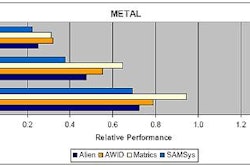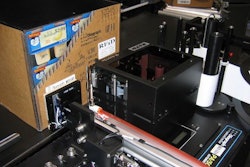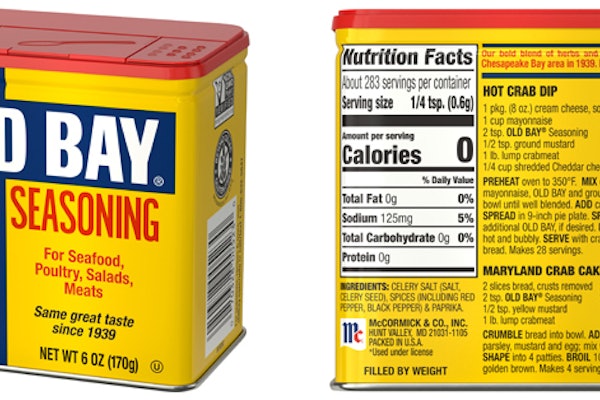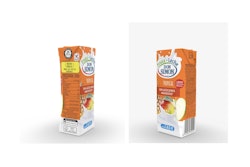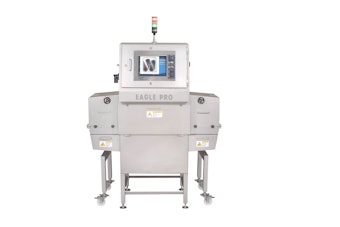Avery Dennison Printer Systems offers these three quick tips to help demystify radio-frequency identification and assist in correct RFID implementation of ‘smart labels.’
Tip #1: Verify compatibility between RFID printers and labels.
When establishing an in–house RFID labeling operation, be sure to purchase RFID label printers and RFID label stock that that are compatible. RFID labels carry a small embedded microchip, and chip positioning can be important. Many conventional RFID printers require chips to be positioned in a specified location on the label. A mismatch between a system’s print capabilities and RFID chip positioning can result in damaged RFID chips or smeared printed copy. At a cost of 20-50¢ per RFID label, expenses that are due to damaged labels can add up quickly. To avoid such a problem, discuss compatibility with your printer and label suppliers. New generation RFID printers, including those with “jump-the-bump” capability, allow users to avoid the compatibility issue altogether. These printers accommodate RFID labels with chips in any label location; users simply alert the printer to chip location during setup. During operation, the print head senses the chip location and “jumps” over it.
Tip #2: Improve RFID label scan rates by correctly positioning RFID readers.
To ensure proper reception of RFID signals on packaging lines, check the positioning and orientation of RFID readers with respect to labeled items. Readers must be located within the “read range” of RFID labels. In addition, although line-of-sight positioning is not required, RFID readers and labels must be properly oriented to allow effective two-way radio communication. Otherwise, important data may be lost. For example, readers positioned directly above moving packaging lines may fail to scan RFID labels placed on the side panels of cartons or cases. To fix the problem, change the orientation of RFID readers with respect to labels or request that RFID labels be placed in a different location such as on panel tops.
New technologies may also offer a solution to reception problems. Already in development are RFID labels with embedded antennas that are oriented in more than one direction. These labels should improve RFID signal reception and allow greater flexibility on the packaging line.
Tip #3: Safeguard RFID communications from electronic interference.
When setting up systems for encoding or reading RFID labels, minimize the risk of electronic interference from devices or networks that employ frequencies close to standard RFID frequencies. Potential sources of interference include cordless phones, wireless networks, and desktop and laptop computers. In the worst case, interference can jam RFID signals and impair data communication. Problems are more likely to affect RFID readers than printer-encoders because distances are greater between reader antennas and labeled items. To prevent interference, remove cordless phones and similar devices from the vicinity of RFID readers, and properly shield the area from the effects of wireless networks and computers. Another solution is to move reader antennas as close as possible to labeled items.
--RL
Source: Dan L. Williams
E-mail: [email protected].


